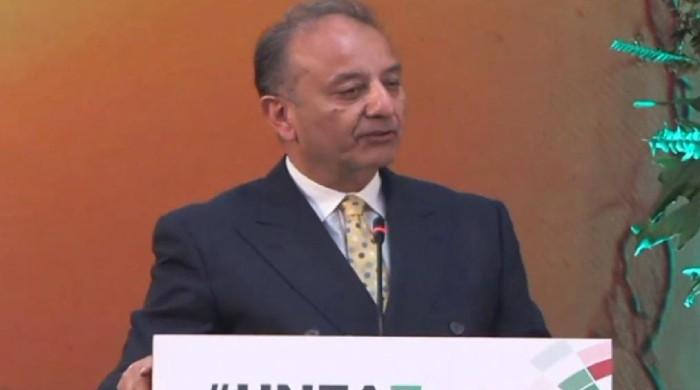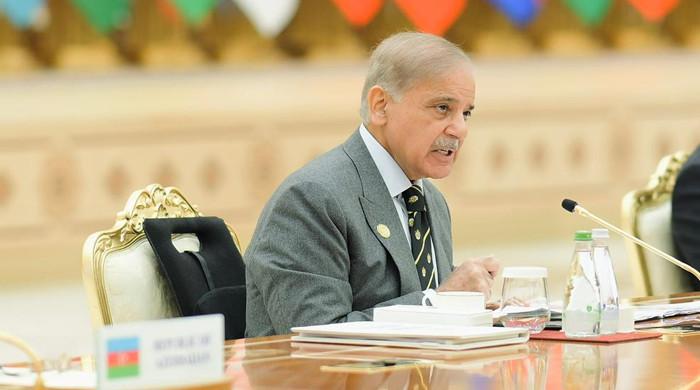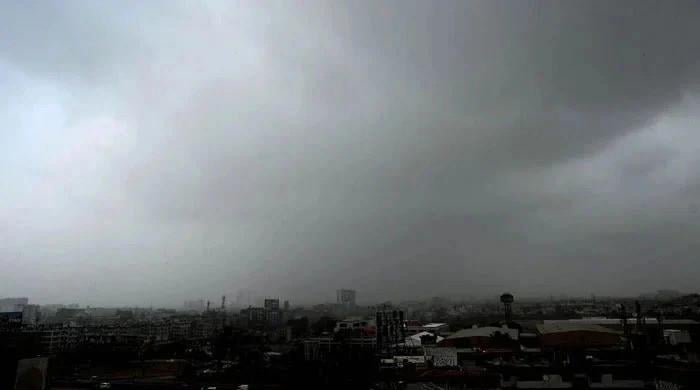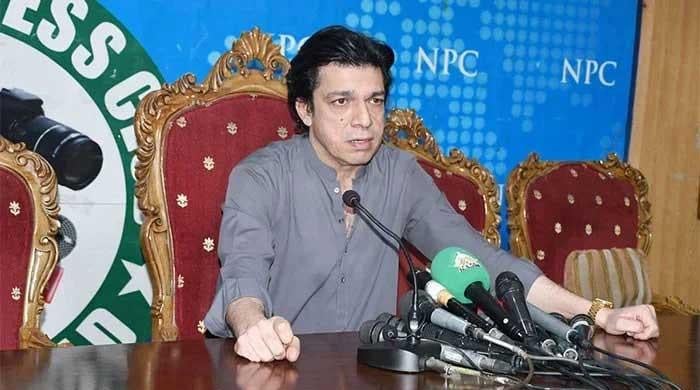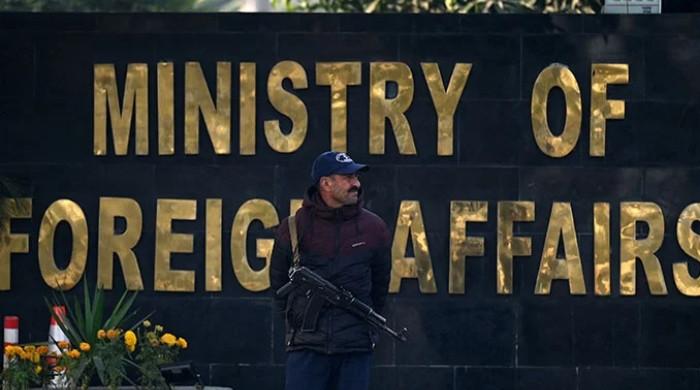Combating COVID-19: Karachi’s outdated data poses serious challenge for Sindh authorities
Disctrict East DC's notification to seal parts of metropolis sent Karachi resident into chaos after reports of no longer-valid demarcations of UCs appeared
April 13, 2020
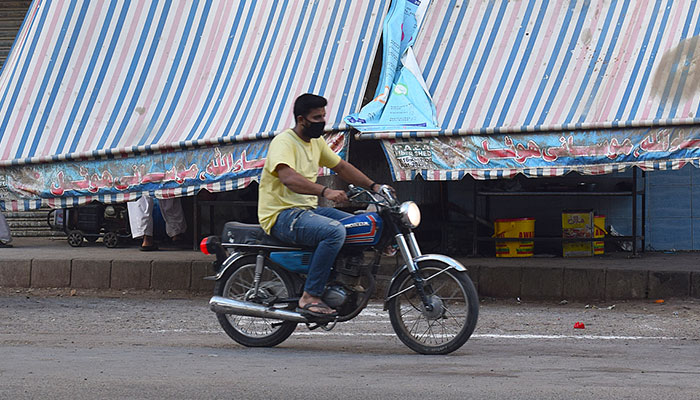
Eyebrows have been raised at the Sindh government’s preparations for dealing with the coronavirus pandemic after the startling disclosure on Saturday that the Sindh health department has been using old and no-longer-valid demarcations of union councils and union committees (UCs) in the compilation of data for COVID-19 cases.
As many UCs of the old demarcations were merged or divided in the latest demarcation and had their numbers changed, the UCs identified as the coronavirus hotspots by the provincial health department no longer exist.
This frightening fact raises the question of how effectively the deputy commissioners (DCs) of all the districts, who have been given special powers under the Sindh Epidemic Diseases Act 2014, have been sealing different areas of the city to stem the spread of the virus.
This extreme administrative chaos emerged in the city after District East DC Ahmed Ali issued a notification on Saturday to seal 11 union committees (UCs) of the district where many cases had been reported.
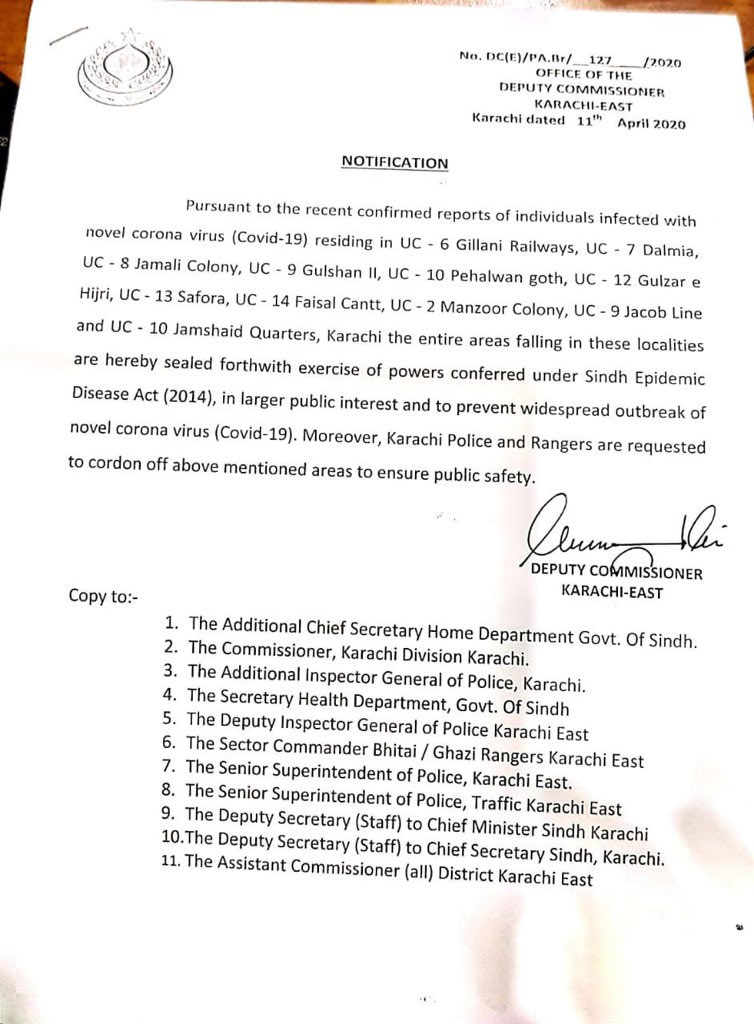
The East DC’s notification had referred to the old UCs as it was based on the data provided by the health department. This caused massive confusion and even elected representatives of the local government were not sure whether some areas of District East were supposed to be sealed or not.
The News made several attempts to contact the East DC for his comments but he did not respond.
Later, Sindh Local Government Minister Syed Nasir Hussain Shah issued a clarification and said the government would not seal the entire UCs but only those localities from where the coronavirus cases had been reported.
Read also: Parts of Karachi sealed to curb coronavirus spread
City division
During Pervez Musharraf’s tenure when a new local government system was introduced, Karachi was made one single district and divided into as many as 18 towns. However, at present, Karachi has six districts with each district having several towns and UCs.
There are 209 union committees in the urban areas of the city and 39 union councils in its rural localities. There are also six cantonment boards in the city, which comprise wards instead of union councils. Some of the cantonment boards even lie in multiple districts of the city.
The District East has 31 union committees; District Central has 51; District West has 46; District South has 31, of which the Saddar zone has 16 and the Lyari zone has 15; District Korangi has 37 and District Malir has 13 union committees. Of the 38 union councils in the rural areas of the city, 32 are in District Malir and six are in District West.
Administrative chaos
The district health officer (DHO) of District East, Dr Ashfaque, told The News how the health department was still using the old town system for their polio eradication programme and as per the same old system “we are updating information about coronavirus patients.”
“We cannot switch to a new geographical distribution model during the pandemic [at least],” he remarked.
He explained that when they obtained the addresses of the COVID-19 patients, they updated their system which was based on the old UCs. “This all is being done through Viral Pandemic Disease (VPD) system, which is a huge system,” he said, adding that the system was not updated to accommodate the new territorial divisions of the city.
A senior official of the Sindh health department explained to The News on condition of anonymity how it was very difficult for six DHOs of each district to cover the entire polio programme in their jurisdictional areas as the six districts of the city were very huge.
With 127 coronavirus cases, Gulshan-e-Iqbal is Karachi's worst affected area
“For that matter, just for the anti-polio campaign, on the recommendations of the World Health Organisation, we let our department work town-wise,” the official revealed, adding that the town health officers look after the anti-polio campaigns in their respective towns and DHOs take care of hospitals of every district.
The extremely alarming situation in this scenario is that it is not easy to identify the current UC of an area that has been referred to with its old UC name in the health department system, due to which maintaining coordination in health projects has become quite difficult.
One such glaring example is of Gadap Town that currently falls entirely in District Malir —the largest district of the city in terms of area. The official explained that as per the old town system which is being used by the health department, Gadap Town lies in three districts of the city instead of one. According to the old town system, Gadap has four UCs in District Malir, as many in District West and one in District East.
“Administratively, the entire town is in District Malir now, but not according to the health department,” the official explained. He added that now the DC has to specify the current number of a UC that was mentioned by the health department by its no-longer-valid number.
It is also pertinent to mention here that each district of the city has its District Polio Control Room (DPCR), which is chaired by the DC and co-chaired by the DHO. The DCs themselves seem to have been using the outdated UC divisions and have never bothered to update the system.
LG representatives sidelined
After the fresh delimitations and demarcation of the UCs, the old town-based UCs have been divided into two or three new UCs. For instance, the Muttahida Qaumi Movement-Pakistan’s (MQM-P) elected chairman of UC-25, Syed Farhan Ali, told The News that one of the UCs that was to be sealed under the East DC’s notification on Saturday was UC-9, the areas of which now fall in the current UC-25 and UC-26.
When asked to comment on the use of an outdated system for health projects, District Municipal Corporation (DMC) Central Chairman Rehan Hashmi said, “This is the height of ignorance that the health department is working under the old town-based system.”
He lamented that the elected representatives of local government had been completely sidelined in the pandemic crisis as they were not being taken on board by the provincial government and nor were being provided with any data.
DMC East Chairman Moeed Anwar, however, told The News that in his meeting with the East DC after Saturday’s chaos, it was decided that the elected local government representatives would be taken on board when the district administration will make any move to seal any UC.
Originally published in The News




